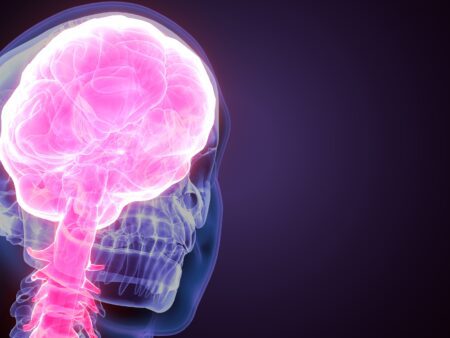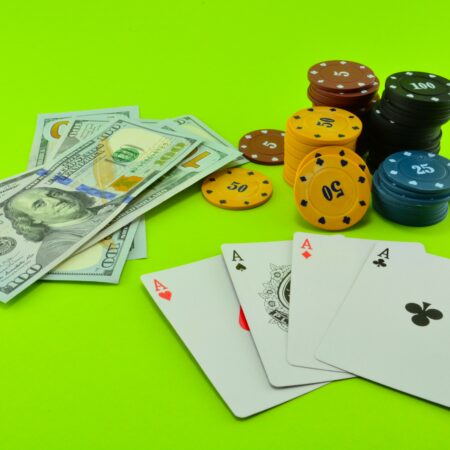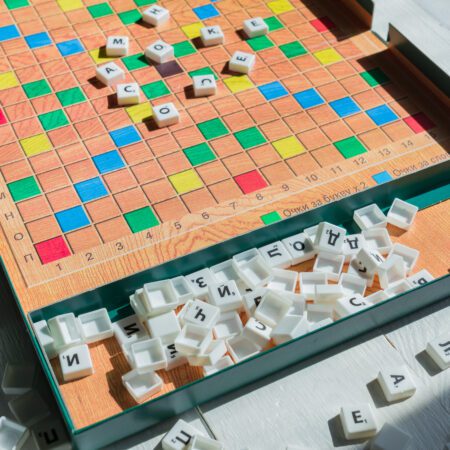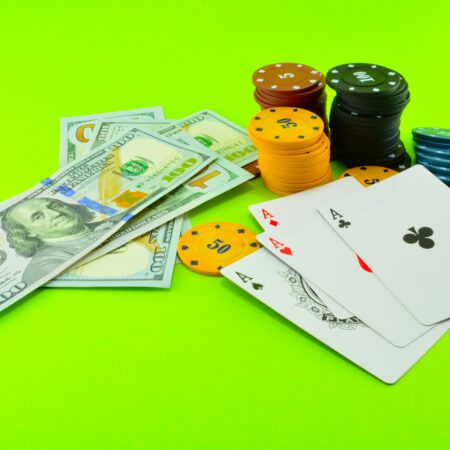Explore the complex relationship between addiction and gambling, delving into the role of dopamine, risk-taking behavior, and the impact of the gambling environment. Discover how understanding these psychological factors can help individuals make informed decisions when it comes to gambling.
Addiction and Gambling: Unraveling the Complex Relationship
Gambling can be an exhilarating and thrilling experience. The hope of winning big, the anticipation as the roulette wheel spins, or the quiet concentration as you strategize your next move in a card game. But for some individuals, gambling can become more than just entertainment. It can lead to addiction.
In this article, we will delve into the complex relationship between addiction and gambling, exploring the psychological factors that contribute to this dangerous spiral. We will examine the role of dopamine, risk-taking behavior, and the impact of the gambling environment on addiction.
The Role of Dopamine
Dopamine is a neurotransmitter that plays a key role in reward-motivated behavior. When we engage in activities that are pleasurable, such as eating delicious food or experiencing a win in gambling, dopamine is released in the brain, creating a sense of pleasure and reinforcement.
For individuals with a predisposition to addiction, the release of dopamine during gambling can be particularly powerful. The brain starts to associate gambling with pleasure, leading to a craving for more and more of that dopamine release. This can drive individuals to engage in increasingly risky behavior and continue gambling even when they are experiencing negative consequences.
Risk-Taking Behavior
Gambling inherently involves risk-taking, and this can be appealing to individuals who have a higher tolerance for taking risks. Research has shown that individuals with a higher tolerance for risk are more likely to develop gambling problems.
One theory is that individuals who are more prone to taking risks have a lower sensitivity to the potential negative outcomes of their actions. They may focus more on the potential rewards and excitement of gambling, rather than considering the potential losses. This bias towards rewards and underestimation of risks can contribute to the development of a gambling addiction.
The Gambling Environment
The gambling environment itself can also play a significant role in addiction. Casinos, for example, are designed to create an immersive and stimulating experience for gamblers. Bright lights, flashing colors, and the constant sounds of slot machines all work together to create an atmosphere of excitement and anticipation.
Additionally, the physical layout of casinos can contribute to addiction. The absence of clocks or windows makes it easy for gamblers to lose track of time, leading them to spend more hours gambling than they may have initially intended. The availability of ATMs in close proximity also makes it convenient for individuals to withdraw more money to continue gambling.
Online gambling presents its own set of challenges. The ease of access, the ability to gamble at any time or place, and the lack of social interaction can all contribute to addiction. Individuals can easily lose themselves in the virtual world of online gambling, losing track of time and spending more money than they can afford.
Seeking Help and Treatment
If you or someone you know is struggling with a gambling addiction, it is important to seek help. There are various treatment options available, including therapy, support groups, and self-help strategies. Recognizing the problem and reaching out for support is the first step towards recovery.
Conclusion
The relationship between addiction and gambling is complex, influenced by factors such as dopamine release, risk-taking behavior, and the gambling environment. Understanding these psychological components can help individuals make informed decisions and approach gambling in a more thoughtful way. By recognizing the potential dangers of gambling and seeking help when needed, we can ensure that the thrill of gambling remains a form of entertainment rather than a destructive addiction.










